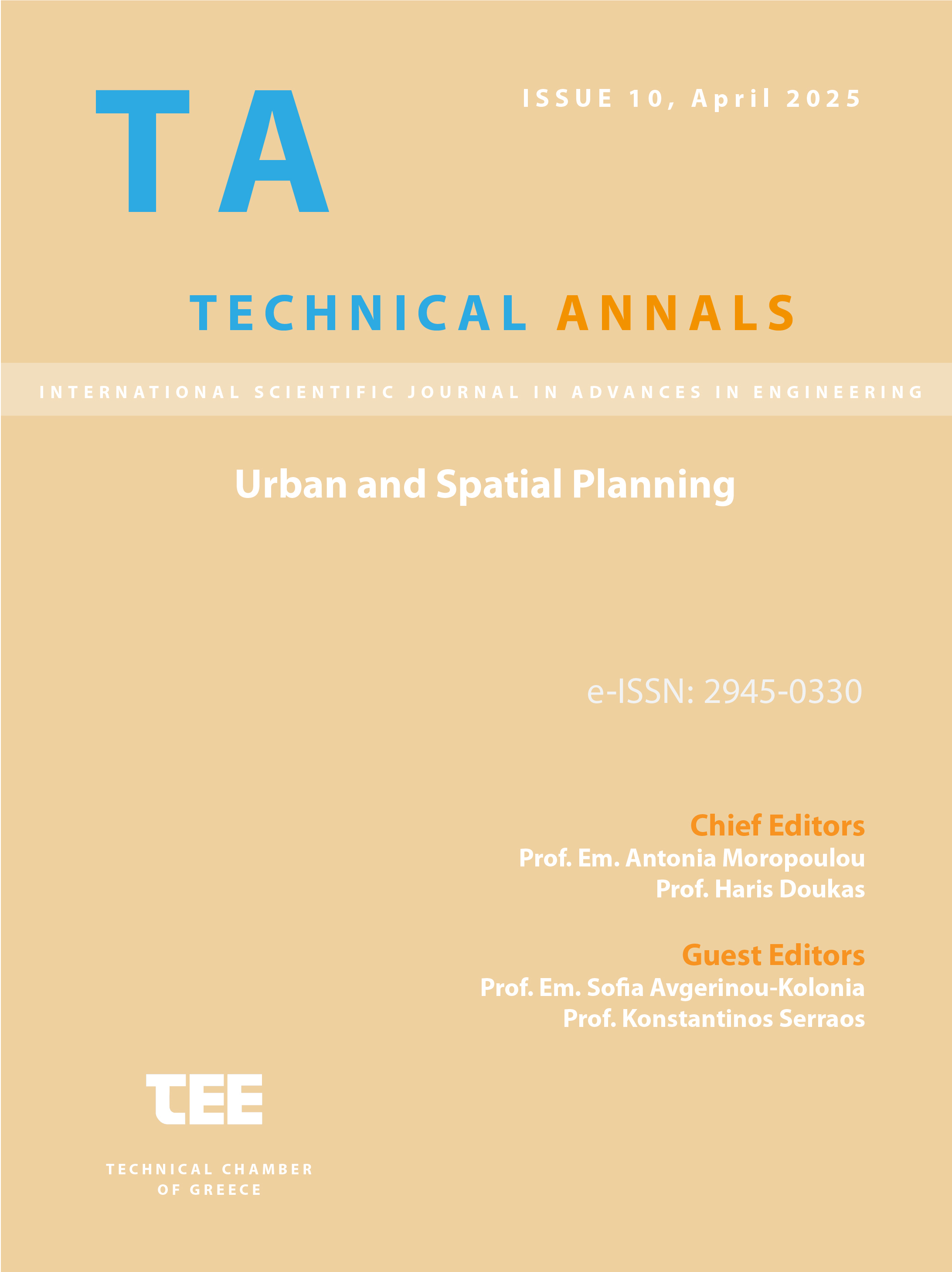Internationally Recognised Maritime Zones and Maritime Spatial Planning

Abstract
Maritime Spatial Planning is a fairly new process that offers a useful and valuable context for the sustainable development of the sea. The sea has already been an object of zone delimitation and differentiation of rights over different marine zones and for varying maritime activities. The United Nations Convention on the Law of the Sea (UNCLOS) is one of the most integrated international conventions and is the main delimitation framework of national maritime borders and zones exercising jurisdiction, sovereignty or sovereign rights. Territorial waters, Exclusive Economic Zone (EEZ), continental shelf, deep sea, international seabed are the institutional outcome where the provisions of UNCLOS identify activities and scaled rights for coastal and other states. The Integrated Coastal Zone Management (ICZM) Protocol is considered as the way to implement the ecosystem-based approach and consider land-sea interactions. It has a detailed definition of the coastal zone, as the land-sea continuum where most activities take place.
In Europe there are already set Maritime Spatial Plans. This paper is a selective approach in highlighting key perspectives of spatial planning zones’ delimitation of three countries (United Kingdom/England, France, Greece) that have chosen an integrated approach of MSP, have international maritime presence and marine areas facing pressures due to the multiplicity and the density of existing and new maritime activities exercised.
Article Details
- How to Cite
-
Rampavila, M. (2025). Internationally Recognised Maritime Zones and Maritime Spatial Planning. Technical Annals, 1(10). https://doi.org/10.12681/ta.40904
- Section
- Spatial Planning

This work is licensed under a Creative Commons Attribution-NonCommercial-ShareAlike 4.0 International License.


